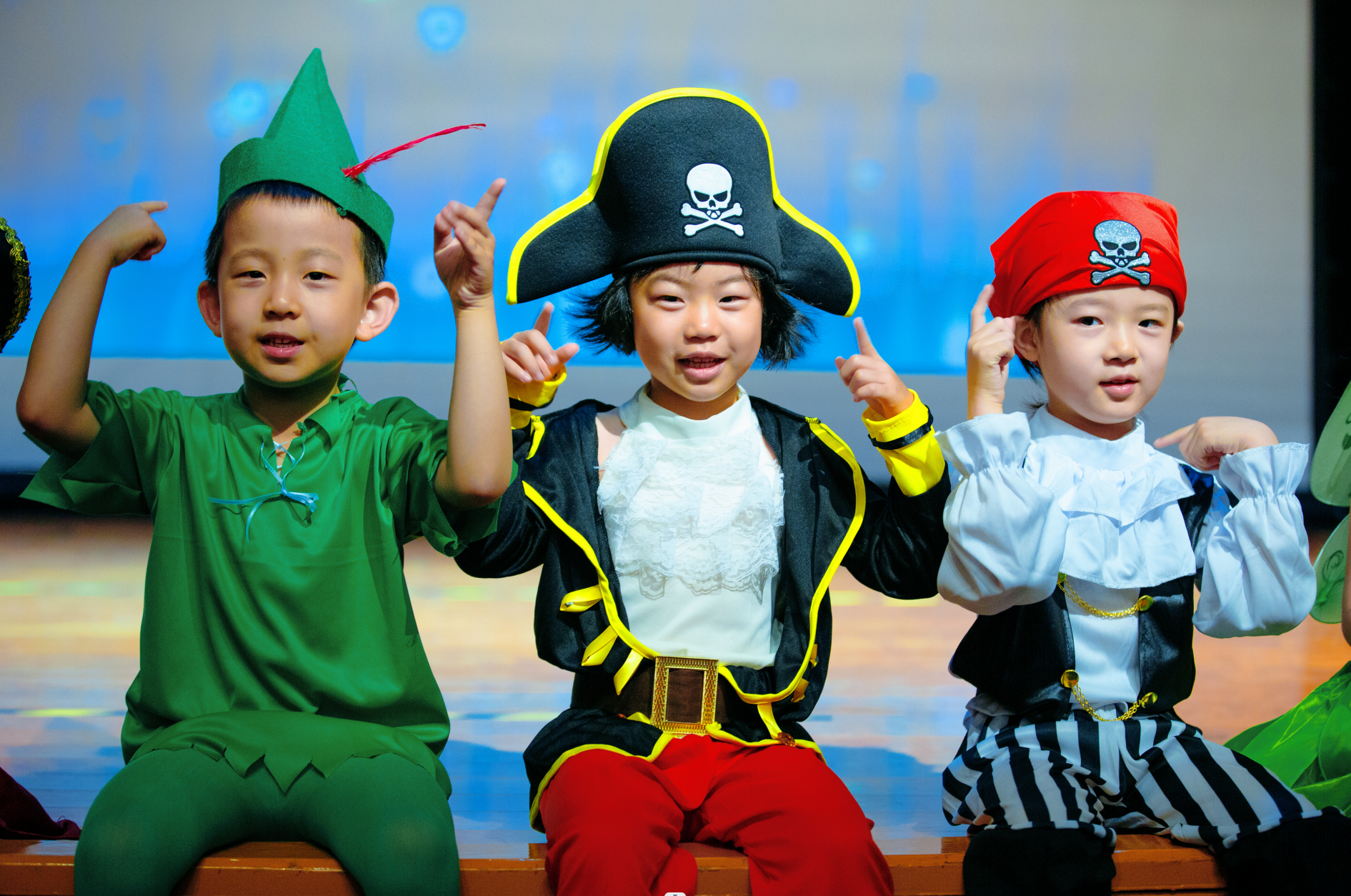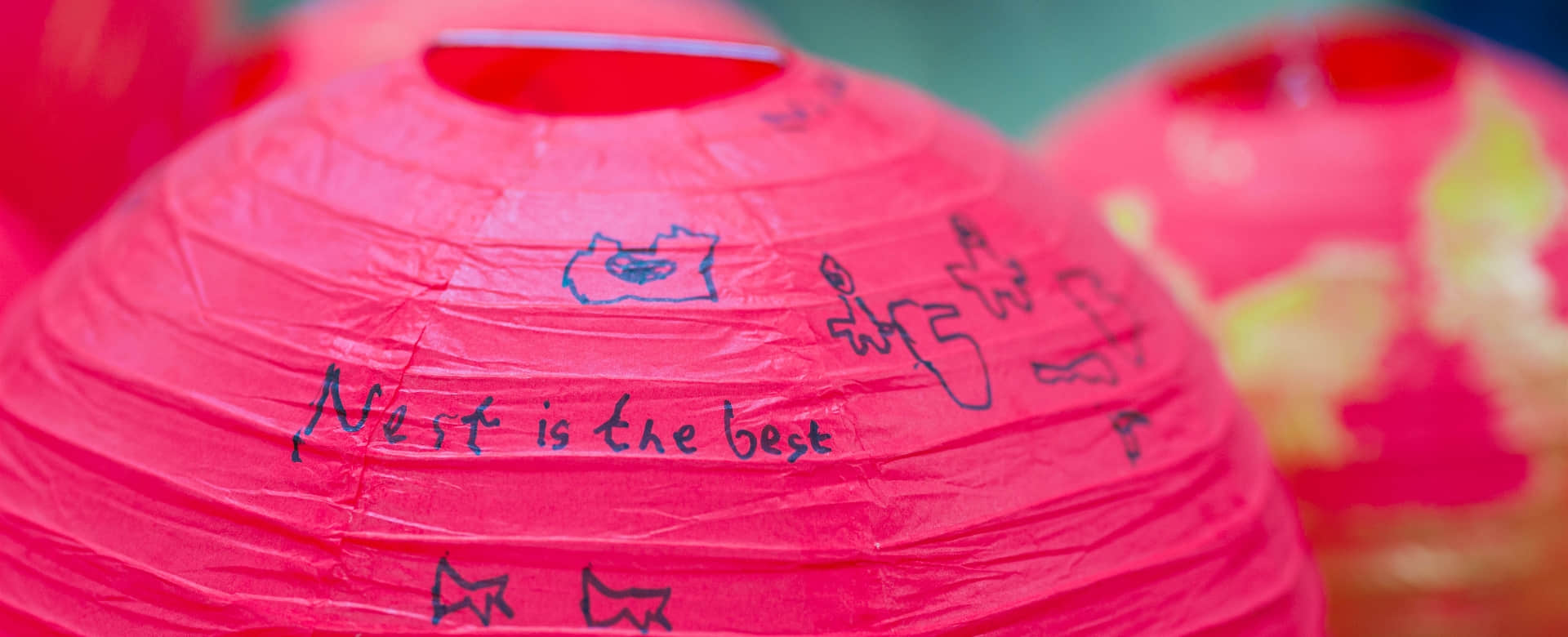Educational Insights | Developing Chinese Culture in the Nest
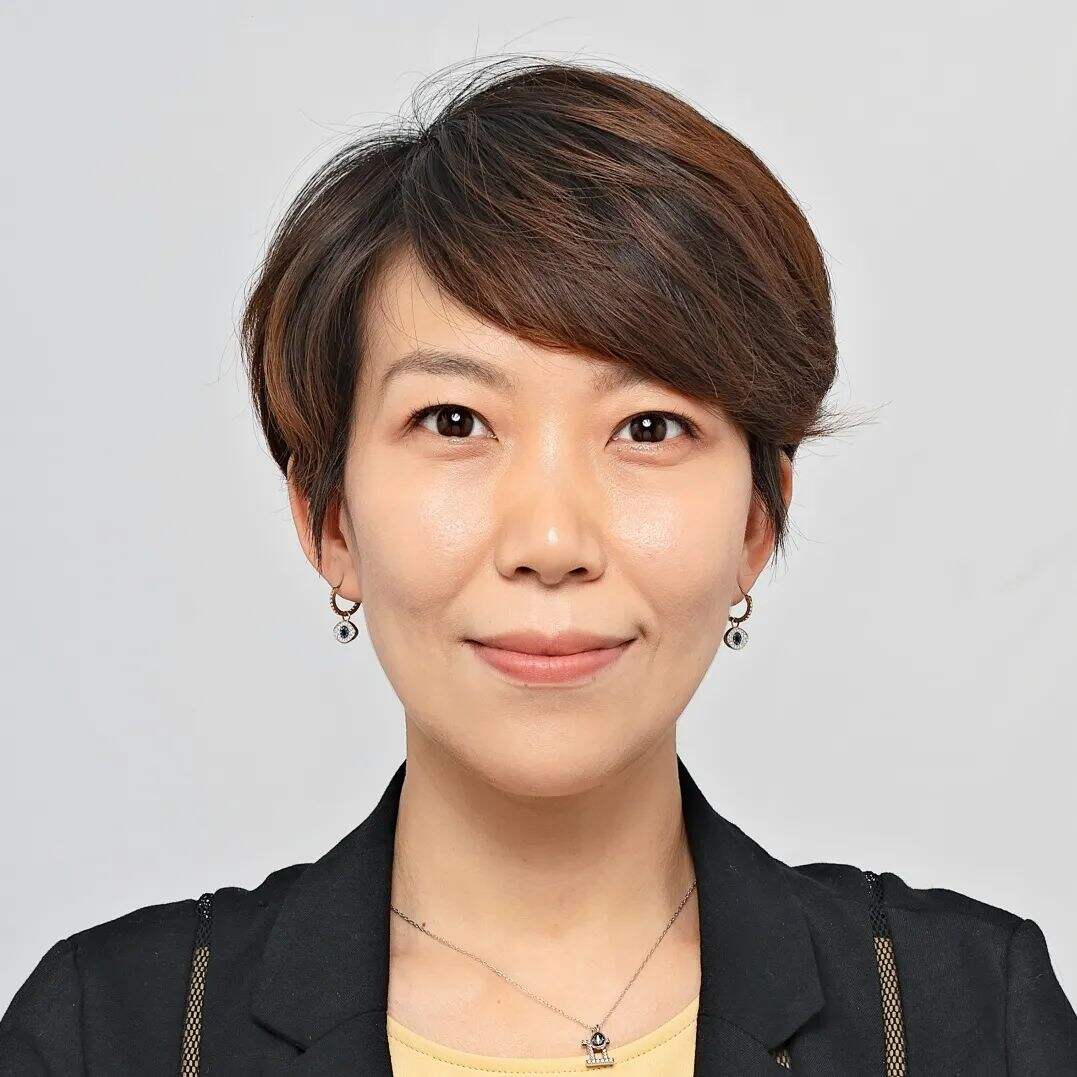
Ms Lisa Li
Deputy Head of Early Years
In the Nest, we have worked to develop Chinese culture much further than festivals, celebrations, and decor. How to develop cultural education scientifically and appropriately further has always been a hot topic.
We need to stand in the perspective of children, design appropriate cultural education activities, create an engaging and interactive cultural environment, support children in entering a society of diverse cultures, and cultivate their sense of cultural identity and national belonging. In the "Guidelines for Learning and Development of 3-6-Year-Old Children" by the Ministry of Education, the objective of "sense of belonging" is listed in the field of children's social development, including cultural sense of belonging.
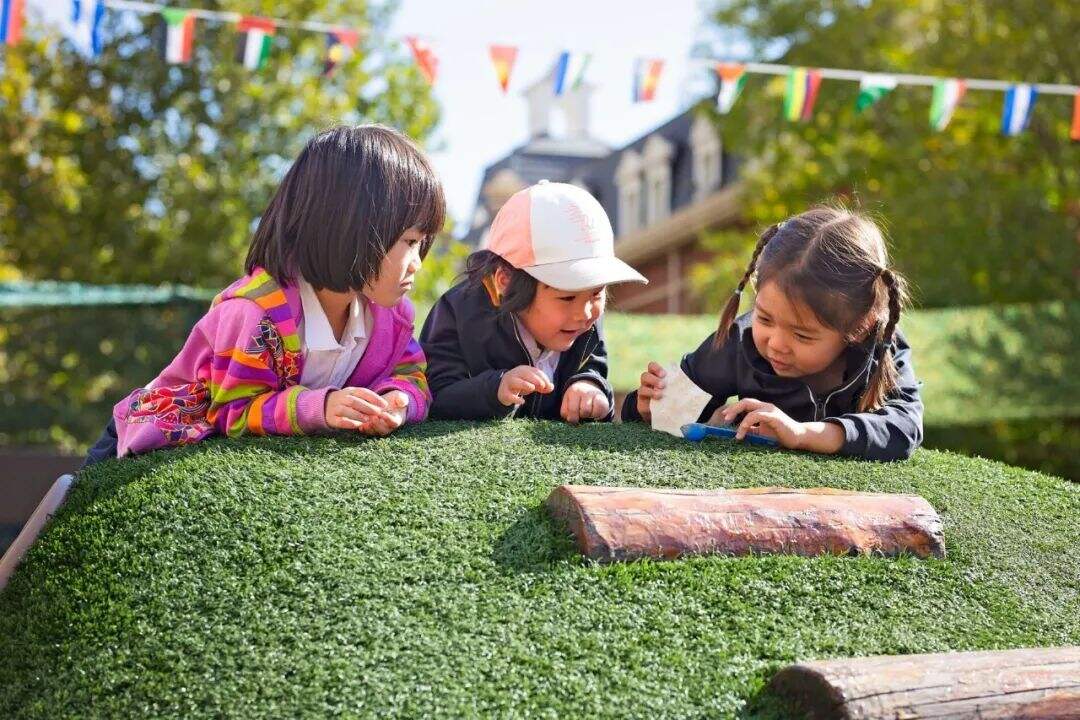
The Wellington College Education (China) framework has given many opportunities to look at China at differing, deeper levels. In the Nest, our teachers will integrate the cultural content of the 24 solar terms into the themes and create opportunities and activities for children to investigate and learn independently, so that children can explore and think on their own, cooperate with partners to solve related problems, learn relevant knowledge, and effectively improve their understanding of Chinese culture. The holistic nature of an effective early years curriculum and the importance of children being outside and experiencing the natural world is at the core of the curricular planning. The 24 solar terms have the natural world at its heart.
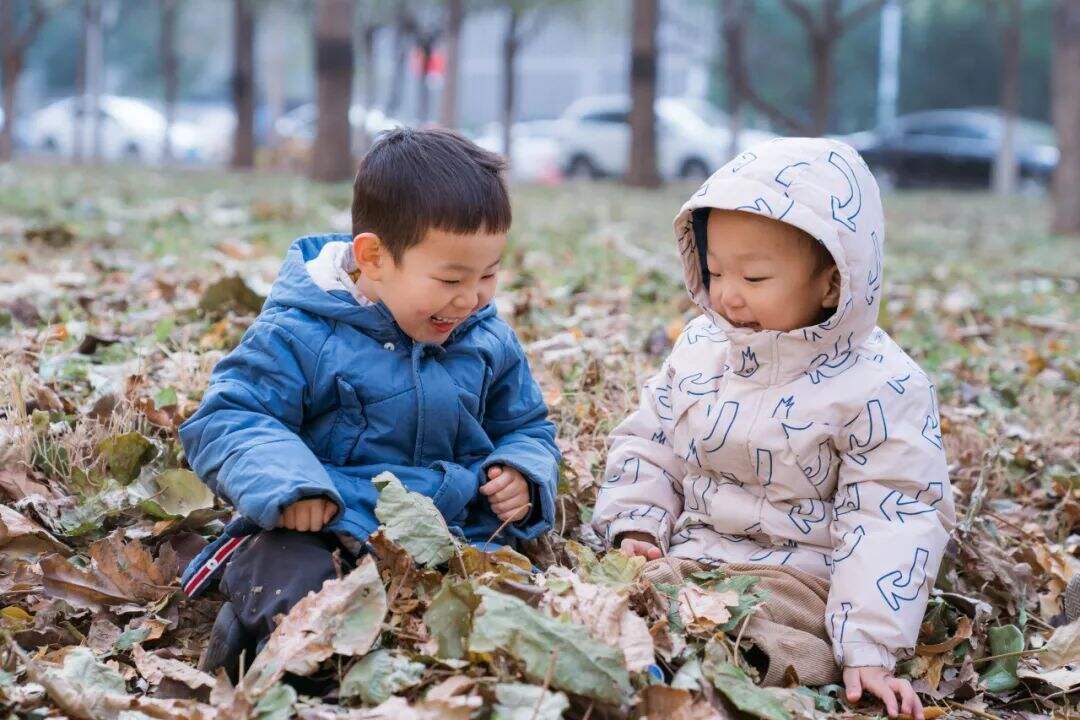
Design and organise fun activities based on children's interests. Our teachers, based on their observation of the children's interests, design activities that are both fun and participatory, thereby inspiring children's interest. For example, if it snows heavily during the "Major Snow" period, take the children to play in the snow, bring back snow and children's questions to the classroom for discussion, and this is a great opportunity. Teachers and children can learn about "snow", do experiments about "snow", listen to songs about "snow", create artwork related to "snow", and so on.
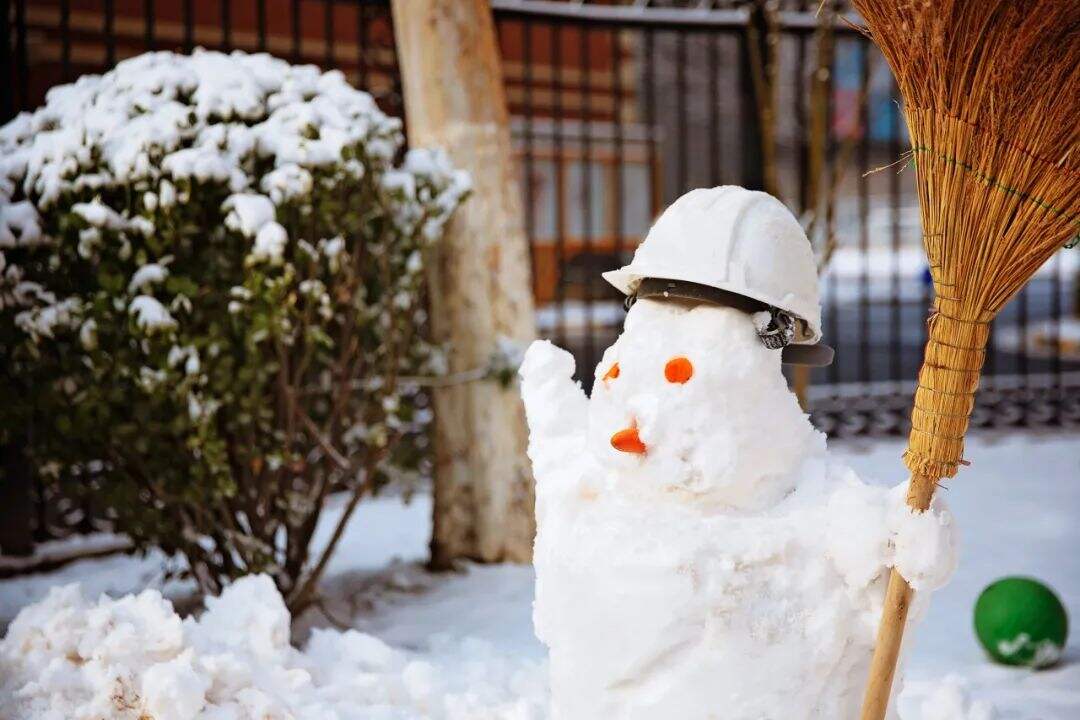
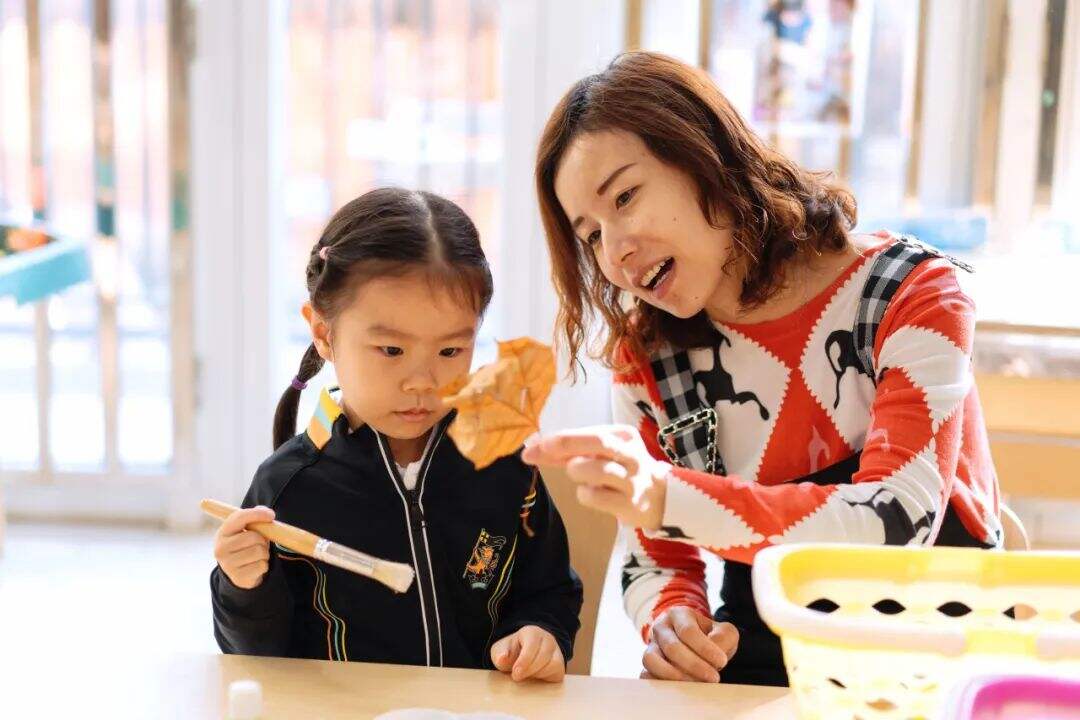
Create an interactive cultural environment. After discussing and learning, they can present their learning process vividly in the school through words, photos, drawings, or even 3D artwork. Children become creators of the environment, and this process helps create an immersive cultural learning environment for them. This allows children not only to learn traditional Chinese culture in classrooms but also to freely experience and feel the charm and significance of traditional culture in a broader and more open environment.
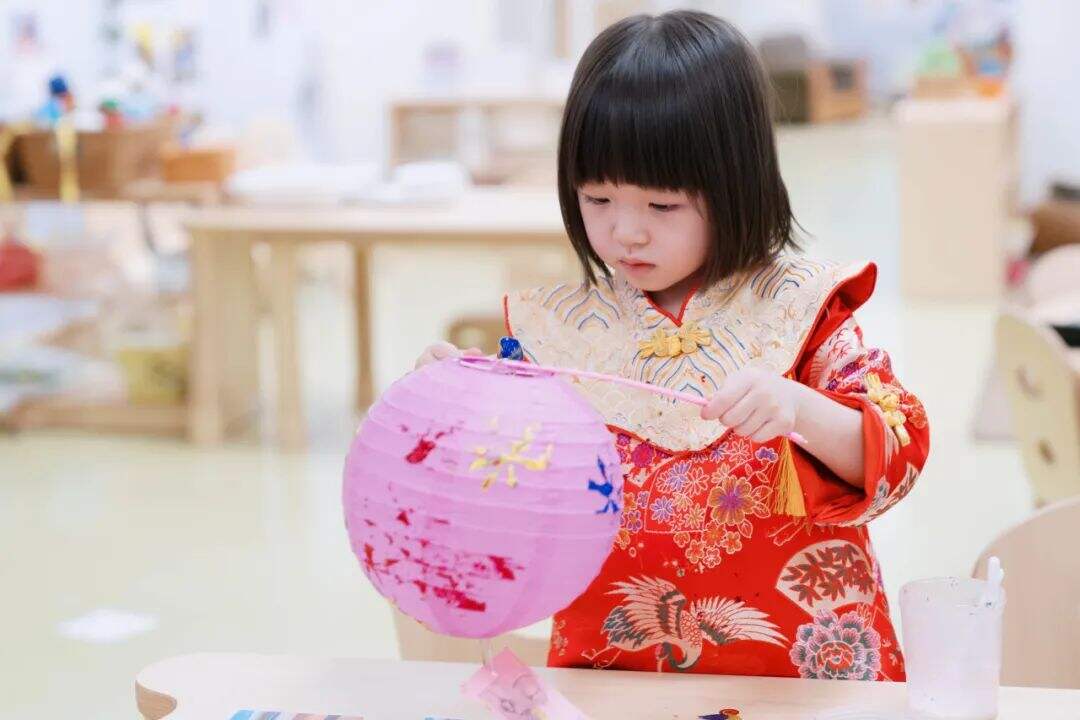
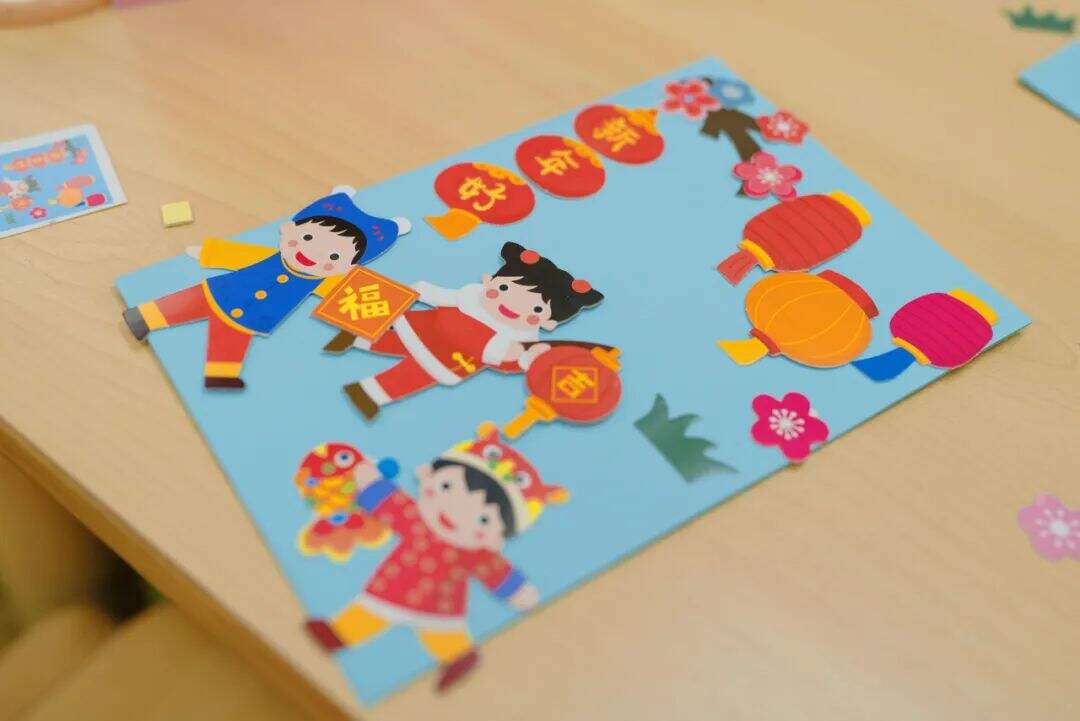
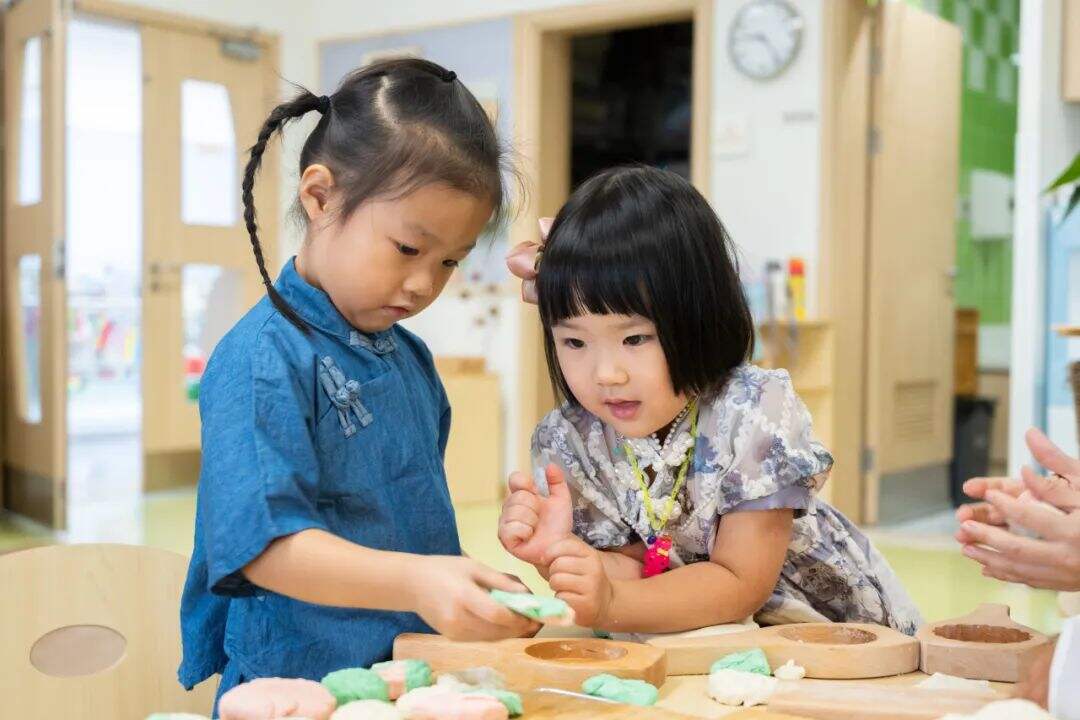
We support children in entering this diverse society and cultivate their cultural identity and national belongingness. In the curriculum, teachers often introduce other cultural elements based on the same thematic background to understand people and cultural customs from other parts of the world. This helps children understand and respect other cultures, strengthens their awareness and understanding of the diversity of world culture, and cultivates their global citizenship. This comprehensive cultural education will help children enhance their global perspective and multicultural awareness and make them lifelong learners with a global perspective.
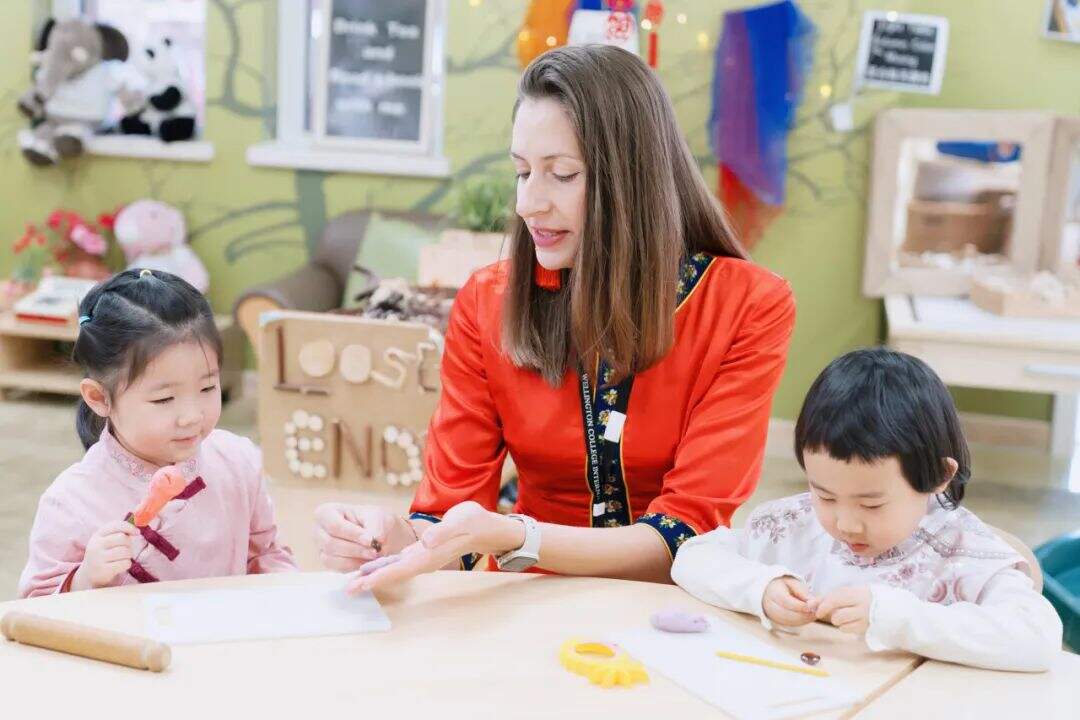
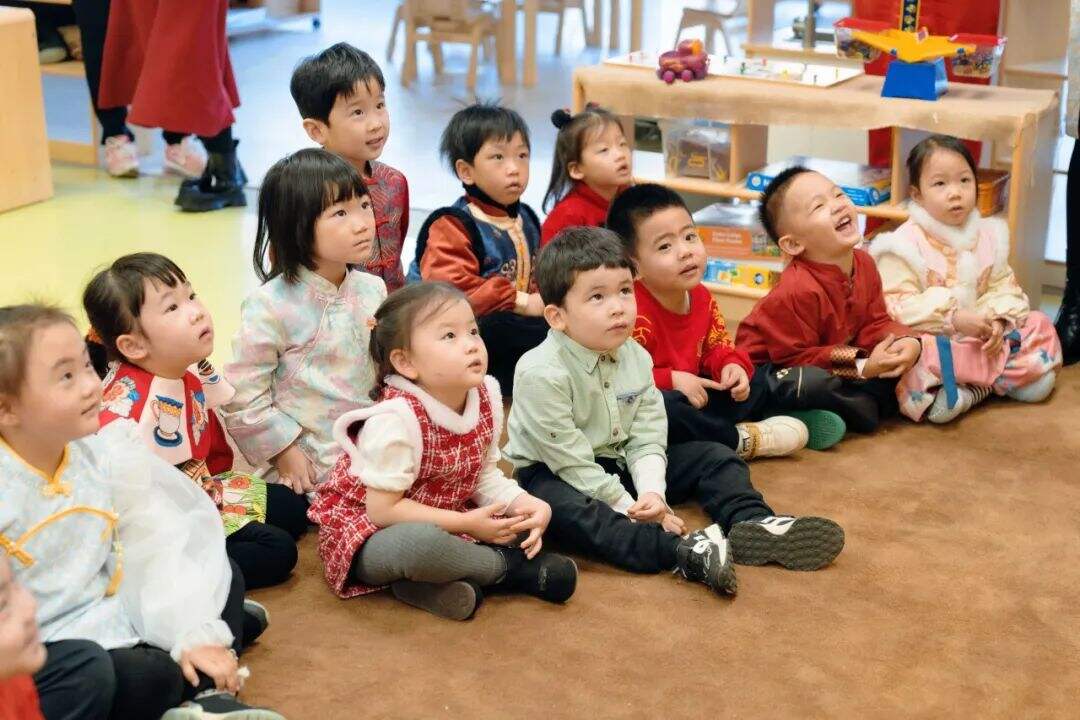
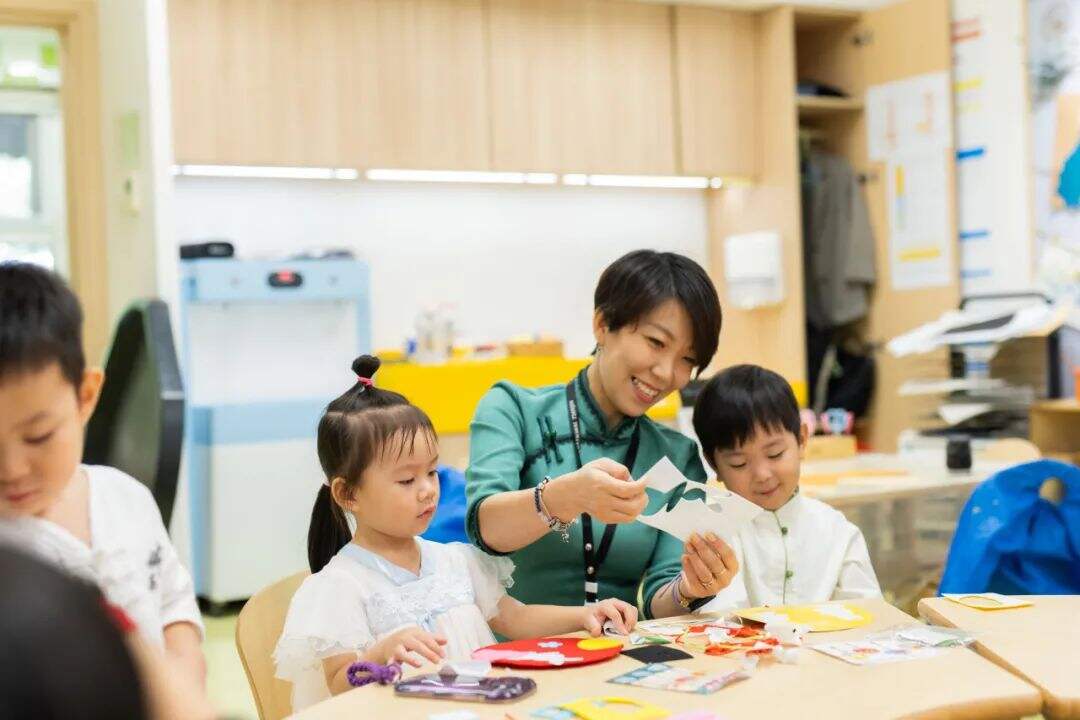
Related Articles







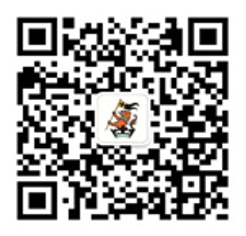
 Channel
Channel 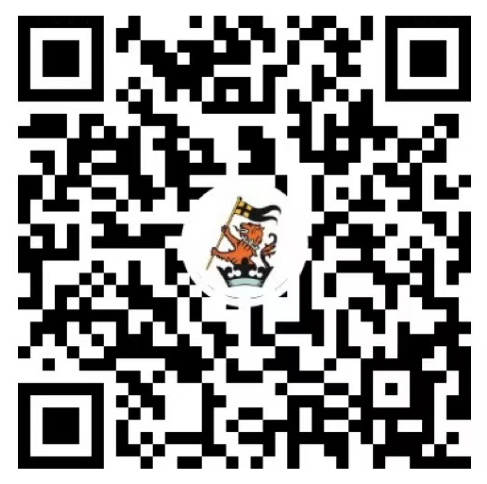
 Linkedin
Linkedin  Weibo
Weibo  Facebook
Facebook  Ins
Ins 

